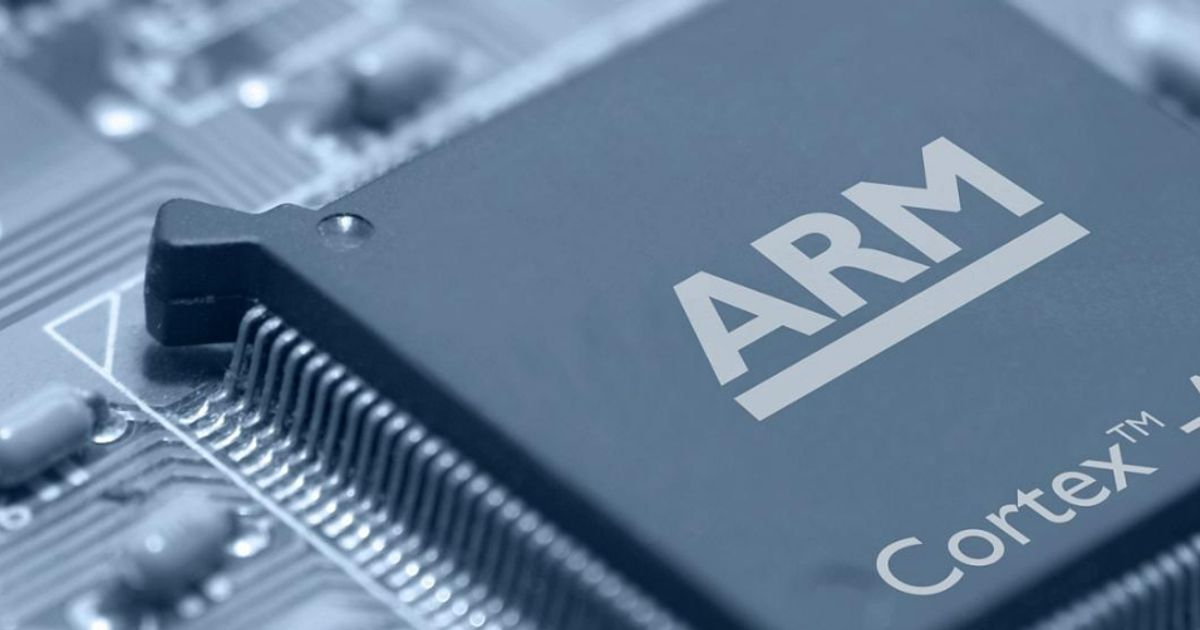
Investors are severely overestimating Arm Holdings PLC (NASDAQ:ARM)’s equity story and placing a too-high premium on the British microchip designer’s artificial intelligence exposure, reckon Morningstar analysts.
Since going public last September for the second time in its lifetime, this time in New York in a snub to London, Arm’s share price has more than doubled.
Like another major player in the semiconductor industry – namely Nvidia – much of Arm’s buoyant valuation is a result of the AI boom.
But Morningstar warned off making direct parallels between the two companies; while Nvidia’s order book has risen exponentially due to unprecedented demand for its processing units, Arm’s business model is not the same.
Arm licenses its chip architecture to other chipmakers, which then create products from this architecture.
While Arm can create value by increasing royalty rates, sales volumes are not as aligned to end-market demand compared to Nvidia or its closest competitor AMD.
Furthermore, Arm faces an “innovation versus profit margin paradox”. Higher royalty rates will need to be justified with better architecture, which will increase R&D costs and thus impact earnings growth in the near term.
“Although Arm is executing well and is an AI beneficiary, we believe its AI story is ancillary, and we do not expect an earnings inflection that is anywhere close to that of Nvidia,” said Morningstar analysts.
“While Nvidia’s costs to design a superchip like the Grace Hopper are higher… these have scaled much slower than prices, resulting in very high operating leverage.”
In contrast, Arm’s “need to continue investing in research and development to keep growing its top line” isn’t reflected in Arm’s lofty valuation, which “puts too-high expectations on growth and margin”.
So what, in Morningstar’s opinion, is a fair valuation on the stock? Analysts suggested $57 per share, implying more than a 50% devaluation from the current price of $124.82.
